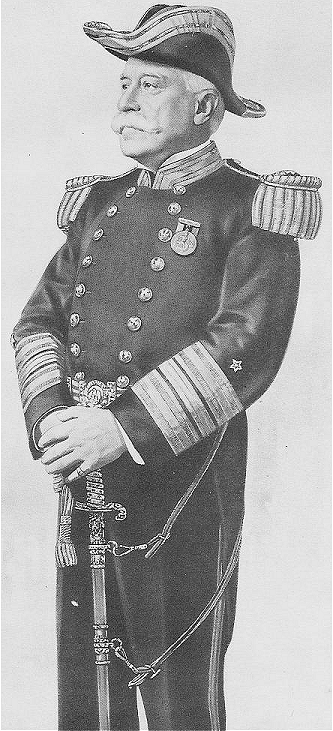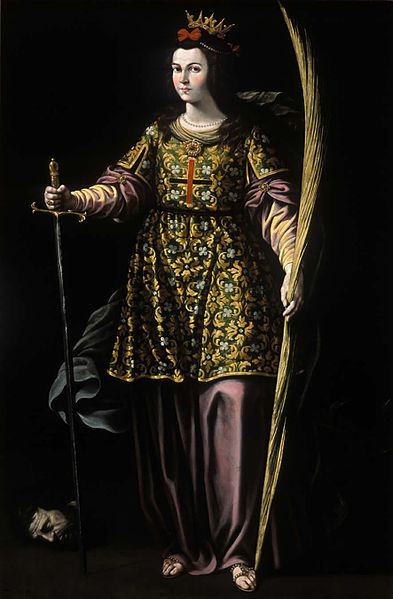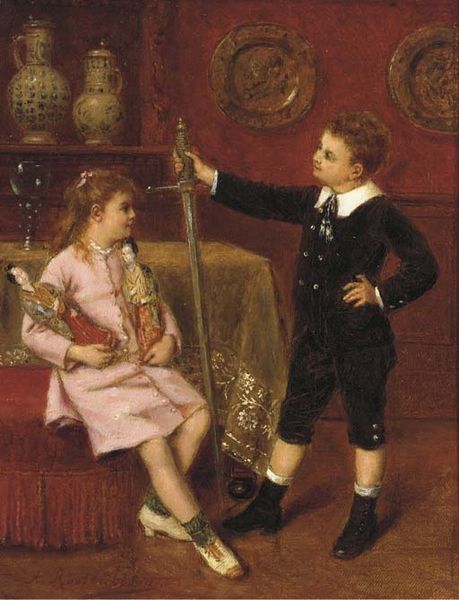By Plinio Corrêa de Oliveira

Photo of Joyeuse, the Sword of Charlemagne by P.poschadel. The sword was kept in the Saint Denis Basilica since at least 1505, and it was moved to the Louvre in 1793.
In our day, the sword has been surpassed as a weapon of war by far more potent arms. The modern soldier gives little thought to sharpening his sword for battle. Inadequate to defend its bearer against more lethal weaponry, the sword has been virtually eliminated from twentieth-century arsenals.
Yet, on occasions of great solemnity, officers in the armed forces of all civilized nations still wear their swords. Although no longer used in combat, the sword retains such symbolic value that one cannot imagine an officer at a solemn event without it.
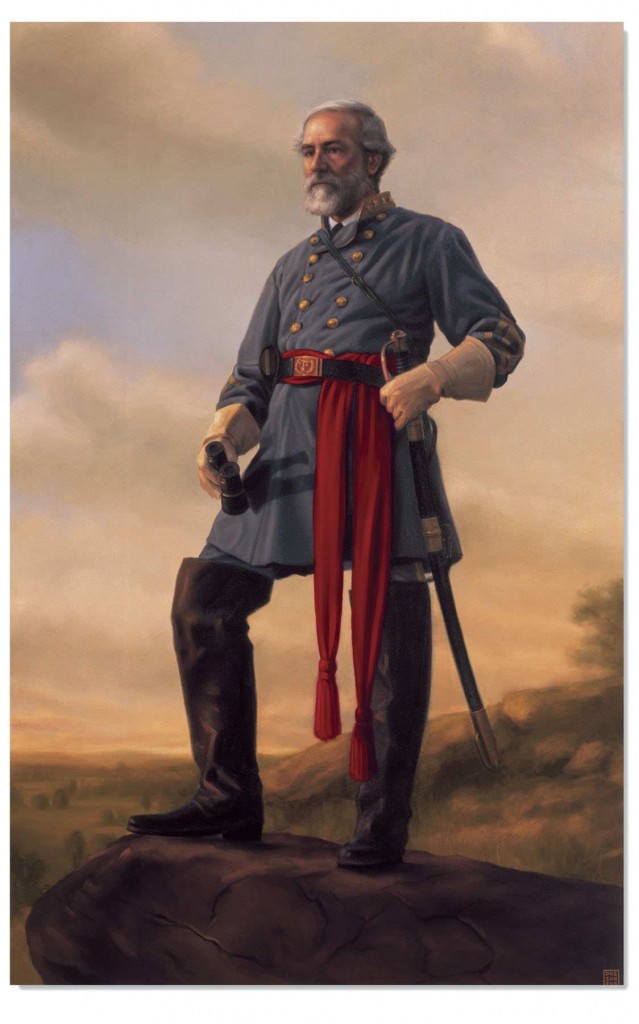 Consider, too, that in those countries with academies of letters that use uniforms, the members wear swords on special occasions. The pen may be mightier than the sword, but during his initiation into the academy, a distinguished scholar is presented by his peers not with a magnificent pen but with a majestic sword–the only suitable accessory for his solemn apparel.
Consider, too, that in those countries with academies of letters that use uniforms, the members wear swords on special occasions. The pen may be mightier than the sword, but during his initiation into the academy, a distinguished scholar is presented by his peers not with a magnificent pen but with a majestic sword–the only suitable accessory for his solemn apparel.
As in times past, some diplomats still use swords on formal occasions.
Why does the sword retain such power as a symbol despite its obsolescence as a weapon?
It does so because the sword preserves its heroic legacy as a badge of chivalry and guardian of human dignity.
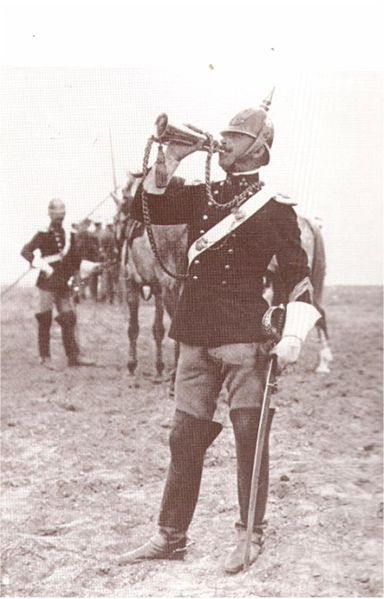 For this reason, a sword worthy of the name is not only exquisitely crafted but made with the best materials. It may be embellished with gold or silver and even precious gems, but the richest adornment to any sword is bestowed by the bearer of ardent faith who enshrines a sacred relic of a favorite saint in its pommel.
For this reason, a sword worthy of the name is not only exquisitely crafted but made with the best materials. It may be embellished with gold or silver and even precious gems, but the richest adornment to any sword is bestowed by the bearer of ardent faith who enshrines a sacred relic of a favorite saint in its pommel.
During the Middle Ages, the sword assumed legendary proportions that it did not possess in antiquity. The people of the Middle Ages regarded the sword with a certain profundity, esteeming it as a symbol of man’s God-given nobility.
When a king is crowned, he always wears a sword. In any solemn ceremony that has not been stripped of all elevation and pomp by the levelers of modern egalitarianism, a sword is used.
Which would give a son deeper satisfaction: to say, “My father left me his Cadillac” or “My father bequeathed me his sword?” Inheriting a profitable business may enrich one’s purse, but far richer is the soul of the son who can say: “My father left me the sword with which he defended Christian civilization. He died a hero in battle, leaving me only the sword he wielded for Christ.” Such a sword should be kept in a chapel, for that is the home most befitting a relic.
______________
(Crusade, Mar-Apr 1998. Adapted from remarks addressed to TFP members and supporters by Prof. Plinio Corrêa de Oliveira on May 9, 1969).
